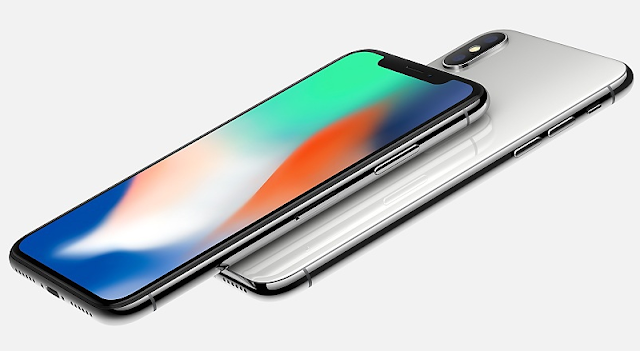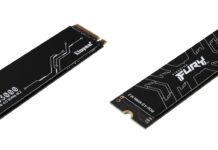
Just when Apple announced their top-of-the-line flagship device, the iPhone X, the rumor of Apple removing the Touch ID fingerprint sensor on the phone was finally confirmed. The new facial recognition method, Face ID, is replacing the use of Touch ID. No one can yet confirm how well Face ID will perform in real life. Touch ID has become one of the habits for iPhone/iPad users to unlock their devices and mobile payments, since its first debut on iPhone 5S in 2013. Why Apple would remove it on the latest smartphone?
Based on the information and rumors on the Internet, I come up with two possible reasons why Apple would do that.
Technical Difficulties
According to very early rumors, Apple was going to embed the Touch ID fingerprint sensor underneath the display to create a seamless appearance. Using a optical sensor instead of the old capacitive one allow the phone to detect fingerprint through the screen, after integrating tiny cutouts on the OLED panel.
Samsung also rumored to try embedding the sensor on the Galaxy S8 and Galaxy Note 8, but that was not successful. The company faced inconsistent brightness issues for the display. The sensor cutout caused light bleeding in specific areas. Analysts believed that Apple was dealing with similar problems when trying to implement the Touch ID sensor. The lack of Touch ID is still better than a poorly lit/performed display. Therefore, there is no way Apple would use a problematic solution on the iPhone X.
Manufacturing Yield Rates
Before the actual Apple’s launch event, we had heard rumors about the iPhone X not getting into production at expected time period, due to production problems of the OLED display panel and the TrueDepth camera system. The yield rates of the components are extremely low, even after release. Normally, Apple would have to start producing new iPhones two or more months in advance (before launch date), in order to meet the large demand (~ 10 million units) around the globe.
If Apple adds Touch ID on the iPhone X at the very last moment (even put it on the power button), it is inevitable Apple would need to modify both the internals, the OLED panel and front glass. This will definitely worsen all the existing production issues. Component manufacturers will not have enough time to improve the already low yield rates. The release date will be further postponed, affecting the purchasing motivation of customers.
Qualcomm successfully demoed the embedded fingerprint sensor with Vivo in June 2017. Although the recognition speed is not as quick as current offerings, it is still a breakthrough to see a working embedded sensor in an actual phone. Samsung is rumored to debut its embedded sensor on the Galaxy Note 9.
Related: Apple’s A11 Bionic chip beats every Android phones.
Feel free to leave comments below, if you have any opinion about this website. Share the website around if you enjoy reading it. Subscribe to our Newsletter or follow our Google+, Facebook and Twitter.
Support this website simply by shopping in Amazon. It will give us small kickbacks, if you use the above affiliate links to make any purchases, which will help us grow.






















I love this
I have a good time for it
Sharing is caring the say, and you’ve done a fantastic job in sharing your knowledge on your blog. It would be great if you check out my page, too, at UQ5 about Airport Transfer.